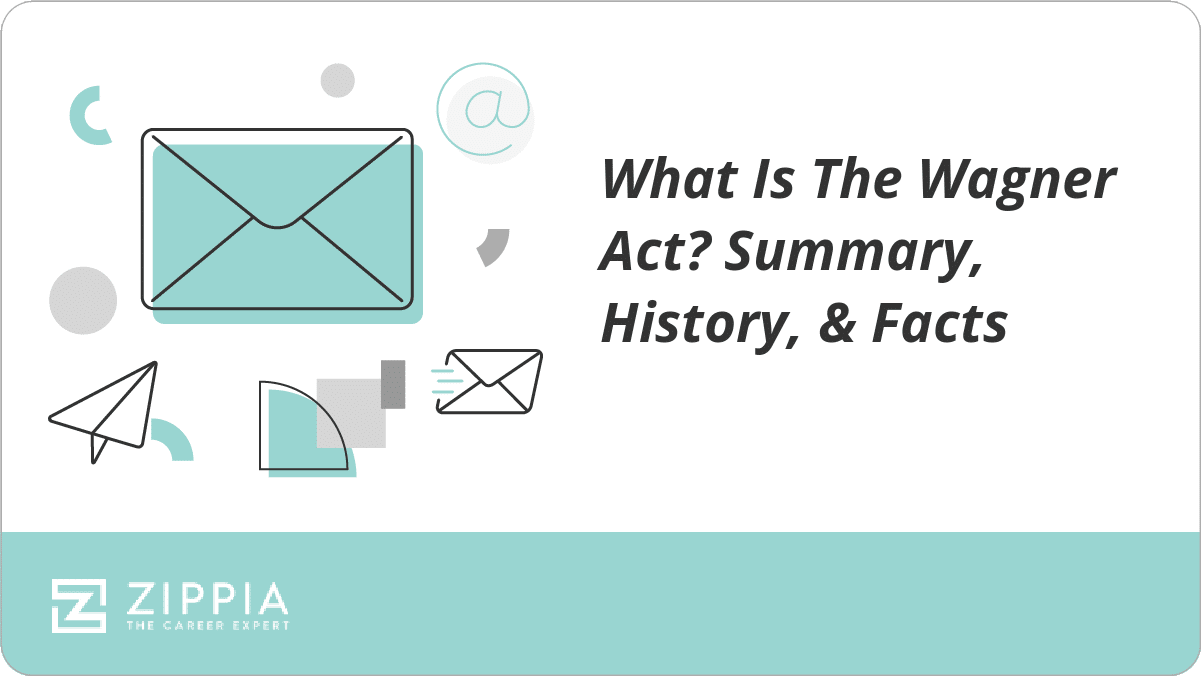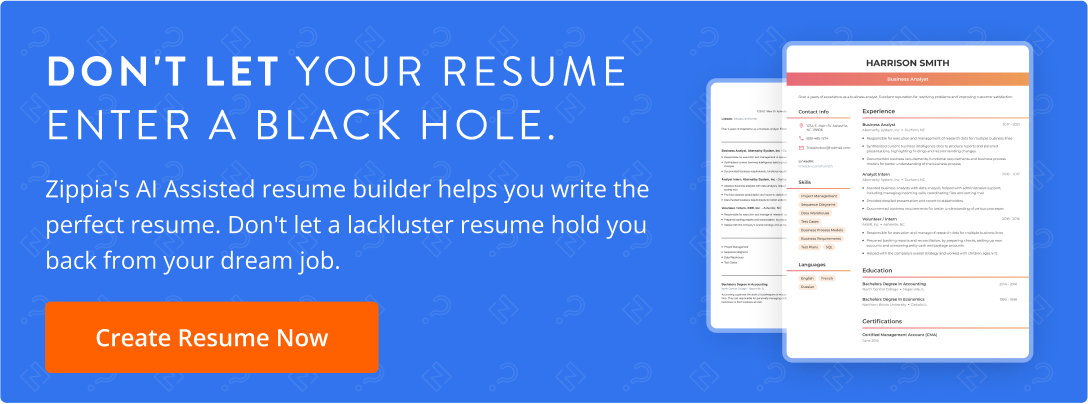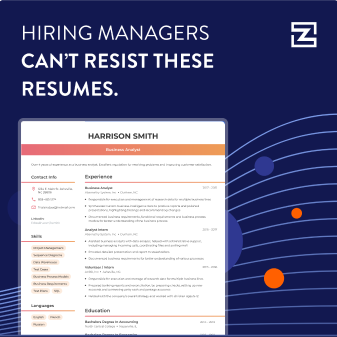What Is The Wagner Act? Summary, History, & Facts

The National Labor Relations Act of 1935, also known as the Wagner Act, was passed during President Franklin D. Roosevelt’s New Deal reforms for the Great Depression.
The Wagner Act’s goal is to protect employees from privatized companies treating them any way they please. It does this by defining their rights to organize labor unions. Additionally, it put forth terms for collective bargaining between a labor union and the company they work for.
While the Wagner Act was drafted with the employee’s interest mainly in mind, it is also helpful to the businesses. Before the Wagner Act, labor rights were less codified, resulting in inconsistent, and sometimes harmful, labor practices. This had negative consequences for the economy since society is so reliant on employees and employers working together effectively.
Who Is Protected by the Wagner Act?
The Wagner Act aims to protect employees who work in a privatized sector, such as retail or healthcare. While most professionals working for a private company are covered by the Wagner Act, individuals won’t be covered in certain circumstances.
- Individuals working in a local, state, or federal government job
- Being an independent contractor
- Being a supervisor
- Individuals employed by a spouse or parent
- Individuals working in domestic jobs in the home
- Individuals working as agricultural laborers or for a company subject to the Railway Labor Act
Practices Prohibited by the Wagner Act
The original rendering of the Wagner Act posed five practices committed by companies that were deemed illegal. These particular treatments by employers were highlighted because they infringed on the rights of their employees and are also known as unfair labor practices.
The practices prohibited by the Wagner Act included:
- Dissuading or otherwise pressuring employees from using their lawful rights as outlined in section 7 of the Wagner Act.
- Hindering the establishment of labor organizations.
- Discriminating against employees who use their rights to organize and form labor unions.
- Firing employees who testify against their company under the Wagner Act or otherwise seek legal recourse.
- Refusal to bargain collectively with labor union representatives about working conditions, employee benefits, etc.
Updates to the Wagner Act
The Wagner Act that outlined employee rights in 1935 later incorporated amendments and updates to make it more comprehensive. The following are revisions made to the Wagner Act over time:
- The National Labor Relations Board. When the Wagner act was passed, the National Labor Relations Board was created too. The purpose of the board is to oversee investigations into potential worker’s rights and union violations. The National Labor Relations Board acts as an objective moderator. It also provides guidelines for how to handle interactions between a labor union and their employer legally. When employees or employers have issues with their working conditions that they want to file a complaint about, they turn to the National Labor Relations Board.
- The Taft-Hartley Act. In 1947, the Wagner Act was updated in a motion titled “The Taft-Hartley Act.” It was also known as the Labor-Management Relations Act. The purpose of the Taft-Hartley Act was to tighten constraints on the labor unions that had been given more defined rights under the Wagner Act. It proposed inadmissible scenarios that labor unions could be penalized for. These amendments were meant to level the playing field between the employer and labor unions. Examples of illegal practices outlined by the Taft-Hartley Act include:
- Labor unions are forbidden from encouraging other industries to participate in strikes with a specific employer
- Trade unions are not allowed to knowingly take advantage of their clients or their employer
- Allowing free speech for employers
Examples of Violations to the Wagner Act
The language used in the details of the Wagner Act paints an ambiguous picture of what qualifies as a violation. Both employers and labor organizations can be held responsible for unacceptable actions, according to the Wagner Act.
Violating an employee or employer’s rights through the Wagner Act results in an investigation, followed by action to remedy the situation found.
Below are some examples of the Wagner Act violations for both employers and labor unions.
- Threats to close down the location, terminate, or take away benefits if employees become represented by a union
- Giving additional advantages to employees who aren’t represented by a union
- Aggressively asking employees about their participation in labor organization activities
- Punishing or discriminating against employees for participating in a labor union
- Threats of firing an employee if they refuse to join a labor union
- Limiting employee benefits for not participating in a labor union
- Denying an employee’s right to file a complaint because they’re not a union member
- Organizing strikes for reasons that are not related to employment conditions
What Employees Should Know About the Wagner Act
It is important for employees to know about their labor rights in general, and the Wagner Act in particular, because unions and collective actions can be very effective at improving working conditions.
Workers protected under the Wagner Act should be aware of their rights if they are part of, or plan to create, a union. Workers should also understand the amendments made to the Wagner Act under the Taft–Hartley Act, which curtailed certain provisions.
Understanding both acts helps workers use their rights effectively to engage in promoting fair labor practices.
- Employees in any industry are allowed to organize themselves into unions to negotiate their working conditions with employers
- Employees are allowed to join and support a labor union without penalty
- Collectively bargain with employees through their union representatives
- Employees have the right to go on strike when they are dissatisfied with their working conditions
- Employees are not required to participate or support a labor union
What Managers Should Know About the Wagner Act
It’s important that managers of a business, whether it’s big or small, understand labor laws associated with the Wagner Act.
The main thing that managers need to understand about the Wagner Act is the rights that it provides to both employers and the union members it aims to protect.
- Freedom of speech concerning opinions about unionization without being discriminatory or threatening
- Employers are allowed to refuse negotiations with a labor union, but only if they don’t represent the majority of their employees
FAQ About the Wagner Act and the National Labor Relations Board (NLRB)
- Does the Wagner Act and NLRB only protect employees in a labor union? An employee is not required to participate in a union to be protected by labor laws. Both unionized and non-union employees are entitled to the rights established by the Wagner Act and protection by the NLRB. Even if an employee isn’t in a trade union, they’re encouraged to stay updated on relevant industry information and get involved when their working conditions and wages are being doled out unfairly.
- What is collective bargaining? Collective bargaining describes the process of negotiation between an employer and a group of their employees. The group of employees, organized into a union, is represented by one or a few individuals to negotiate with employers about topics like:
- Employee salaries
- Employee benefits
- Work environment and conditions
- Health and safety precautions
- Work-life balance
- What are the rules of collective bargaining? The main rules concerning collective bargaining between employee representatives and an employer are that all parties are courteous of each other. Once it’s agreed that negotiations will take place, the union and employer must decide on a date and time. The details of the changes need to be written formally in a contract and honored until the specified time of the agreement’s end. Throughout the discussion, both the employer and union representatives are expected to maintain professionalism.
- How are union representatives chosen? Trade unions are required by law to seat individuals in representative positions, such as president and general secretary, to uphold the interests of the organization’s members. The union representatives are chosen through an election that is held every five years maximum. Some may choose to elect representatives more frequently. Individuals running for a union representative role must be qualified for the position. Elections for various representative roles are held at different times, depending on how long a current representative has held the position. An election ballot is not required when only one person is running for the representative position.
- What should an employee do if they think their rights were breached? It is stressful to deal with your rights as an employee being violated, and it’s crucial to handle the situation properly. When an employer has breached your Wagner Act rights, the employee should file a complaint with the National Labor Relations Board. Employees who feel their rights have been violated must submit their complaint to the regional NLRB closest to their location within six months of the incident occurring. The formal complaint is handled by an Information Officer who will investigate the violation claims and decide on their validity.
- Is it legal to go on strike or picket in front of an employer? While unions are allowed to go on strike or picket as an act of protest against unfair working conditions, there are stipulations to the legality of this. For example, a union or employee is not allowed to incite a secondary strike. This means that they can’t enlist the strike efforts of an employer’s other business suppliers. Additionally, labor unions are not allowed to picket companies to get them to stop doing business with their employer. There are many tight guidelines like these that limit a union or employee’s rights to strike or picket their employer.
References
National Labor Relations Board. National Labor Relations Act. Accessed on September 20, 2022.
How useful was this post?
Click on a star to rate it!
Average rating / 5. Vote count:
No votes so far! Be the first to rate this post.
Articles In Life At Work Guide
Hostile Work Environment
- Hostile Work Environment
- How To Deal With A Difficult Coworker
- What Is Human Resource Development (HRD)?
- I Hate My Job
- Burnt Out At Work
- Condescending Coworker
- Sexual Harassment In The Workplace
- Work Environment
- My Job Sucks
- Favoritism At Work
- Respect In The Workplace
- Wagner Act
- Documentation In The Workplace
- Unconscious Bias
- Ageism
- What To Do When You Feel Unappreciated At Work
- How To Respond To A Warning At Work
- How To Deal With A Passive Aggressive Coworker
- What To Do When You're Unhappy At Work
- I Hate My Boss
- Gaslighting Boss
- Signs You're Underpaid
- Insubordination At Work
Never miss an opportunity that’s right for you.
Get Started

Sky Ariella is a professional freelance writer, originally from New York. She has been featured on websites and online magazines covering topics in career, travel, and lifestyle. She received her BA in psychology from Hunter College.


Create Resume





